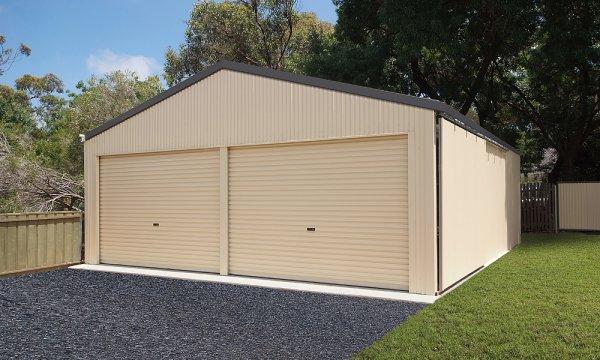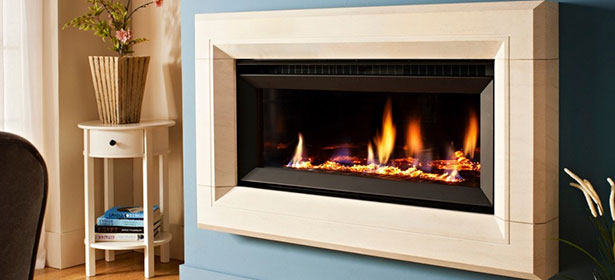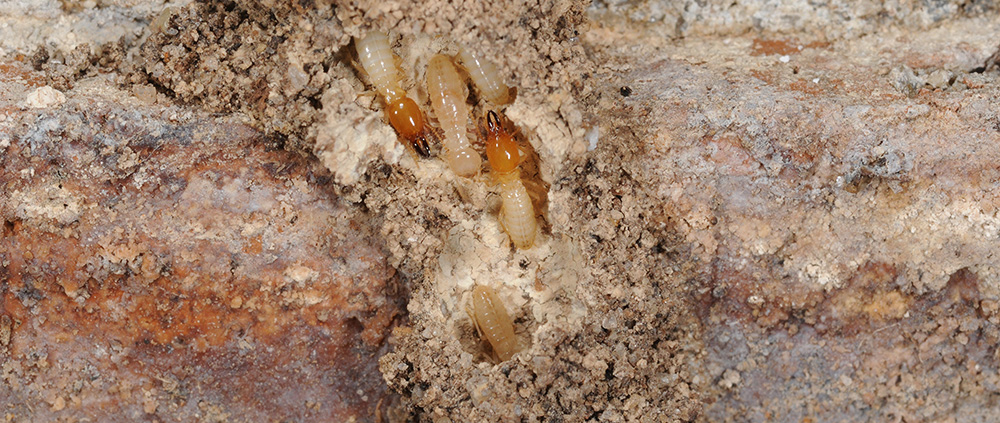Winter Maintenance Checklist
Winter is the time of year where many maintenance issues in the home show themselves in the form of leaks, damage and breakdowns. Follow our winter maintenance checklist to make sure you are prepared for when the wet weather hits!
 Roof
Roof
Your roof is your first line of defence from the elements. Cracked tiles, damaged pointing, lifting sheets, rusted out valleys can all lead to serious damage if left unattended. It is recommended that your roof is inspected at least every 12 months and any identified vulnerable areas are rectified.
 Guttering
Guttering
Gutters play a vital role in protecting your home in wet weather by directing water away from the home. Over the Autumn period, gutters are often filled with leaf litter and debris which can impede effective drainage and cause damage to the home.
Venatic recommends thoroughly cleaning and inspecting gutters prior to the winter period to ensure they operate effectively and protect your home from water related damage.
 Drafts
Drafts
According to Sustainability Victoria, drafts account for up to 25% of heat loss in homes. One of the most effective ways to improve heating efficiency in winter is to address drafts entering the home.
Common areas to address drafts include –
- Installing weather seals on external doors and windows
- Check seals around any wall penetrations
- Seal any gaps in floors or walls
 Heating
Heating
Your homes heating systems are about to be working around the clock as the weather continues to cool down! It is time to make sure your heating system is ready to work efficiently and safely through the winter period.
- We recommend home owners consider having their Gas heaters checked before use each winter. It is now a requirement that gas heaters in rental properties are serviced at least every 2 years by a licenced gasfitter.
- In Victoria, our Solid Fuel Heaters remain unused for around 8 months of the year. Servicing your solid fuel heater every 12 months will ensure your flue remains unobstructed and your heater is operating efficiently.
- Split System Air Conditioners are a notoriously expensive method of heating the home. It is important to ensure your air conditioner is running as efficiently as possible to make sure you are getting bang for your buck! It is recommended your air conditioner is serviced every 12 months by a refrigeration mechanic and you clean filters every couple of weeks.
 Exhaust fans
Exhaust fans
Mould can thrive through the winter months with the combination of warm homes and wet weather. While we keep our windows closed to keep our homes warm, it is important to ensure exhaust fans are working effectively to manage condensation and prevent mould.
 Make a list of rainy-day jobs
Make a list of rainy-day jobs
When you are stuck inside on those rainy winter days, it is a perfect opportunity to tackle those small maintenance items that have been pushed to the end of the to-do list through the year.
Here’s a quick list of common maintenance items to kick you off with some ideas –
- Clean grout on tiles to inspect and repair any cracks or gaps.
- Replace sealant around shower bases and baths.
- Clean your exhaust fan vents.
- Degrease range hood filters.
- Clean air conditioner filters.
- Lubricate and adjust ‘sticky’ door hardware.




